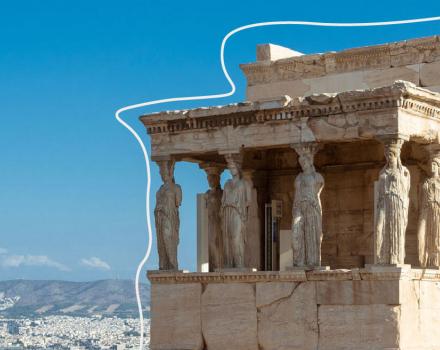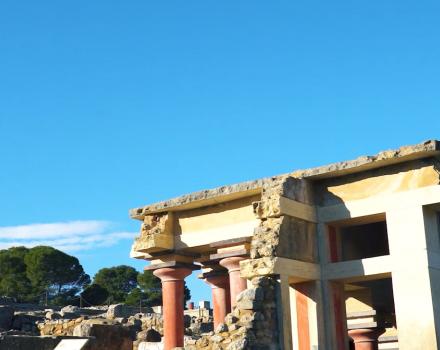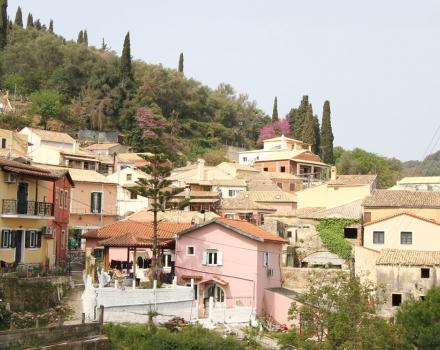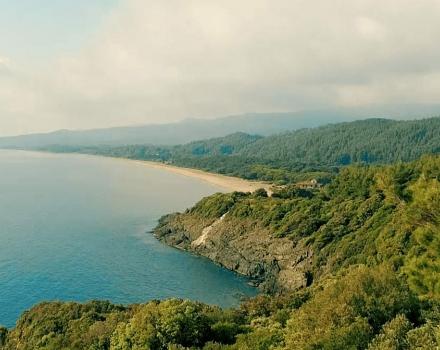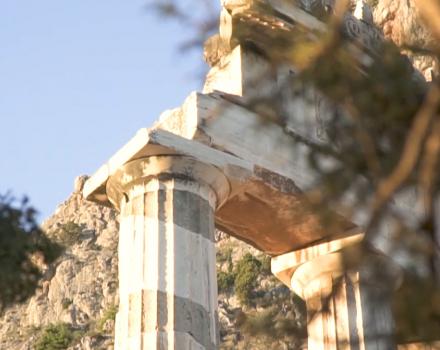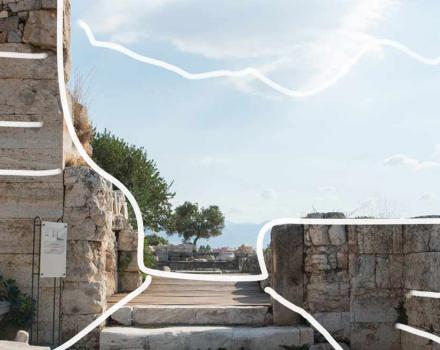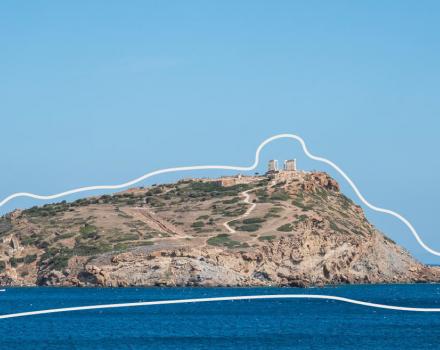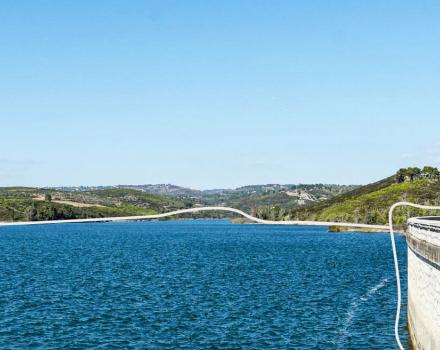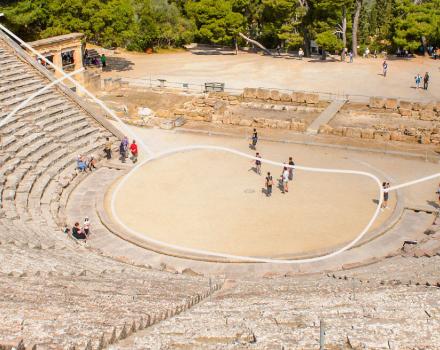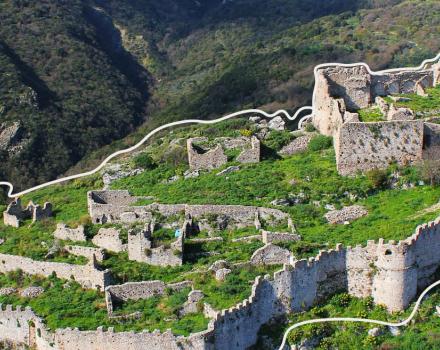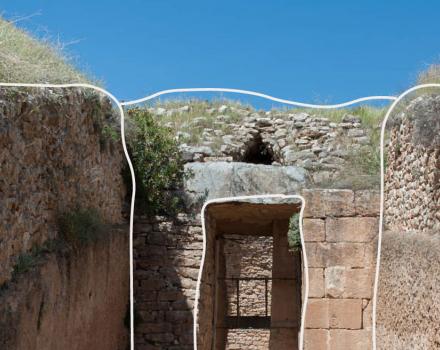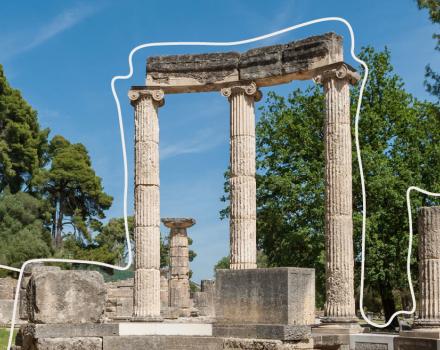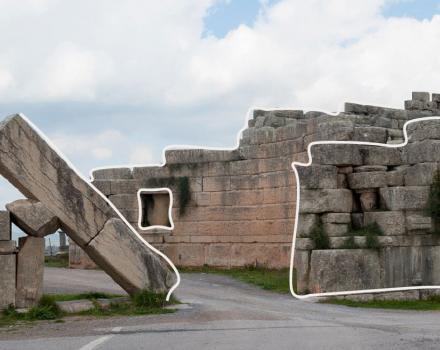What was the image presented by Athens around 1865? It was the image of a “neoclassical” ensemble, as shown in the panorama of the city taken then by Dimitrios Konstantinou, one of the first well known photographers of Athens. In front of the Lycabettus hill, unstructured yet, the Old Palace (later the building of the Hellenic Parliament), visible from everywhere, we see hundreds of neoclassical buildings, two or three stories high. All reveling of the Athenian style and the uniform architectural appearance that the city had at that time.
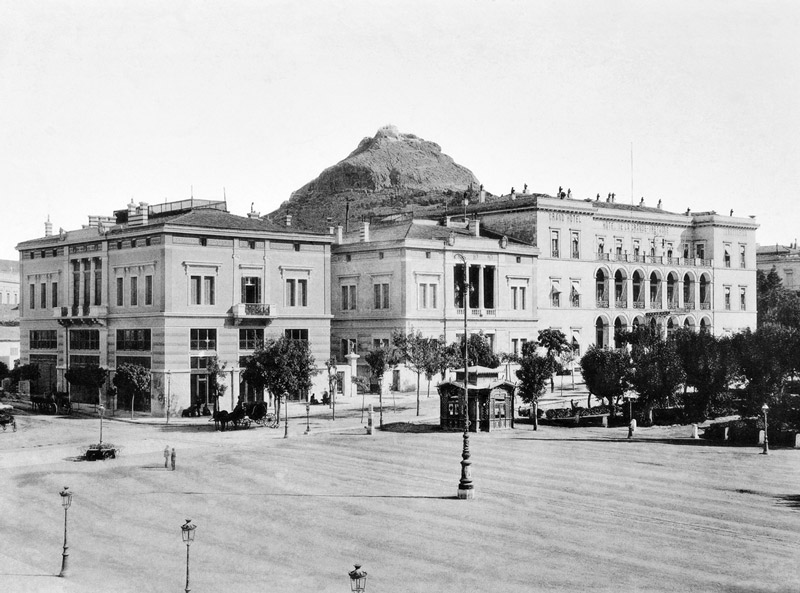
This is one of the old photographs of the Greek capital seen by the viewer in the exhibition “Images of Athens from Benaki Museum’s Photographic Archives” at the Athens International Airport. 21 photographs that illustrate a series of views of the city center, its squares, as well as its central roads, from the mid-19th century up to the late 1960s. Hosted in the exhibition area “Art & Culture”, in the arrivals level, this exhibition is the best welcome, offering the travelers the ability to get familiarized with the past of the city.
"French scholar and traveler, Thomas Abbet-Grasset observed in October 1834, “In the place of this beautiful democracy today spreads a town desolated, black from smoke, a silent guardian of dead monuments”.
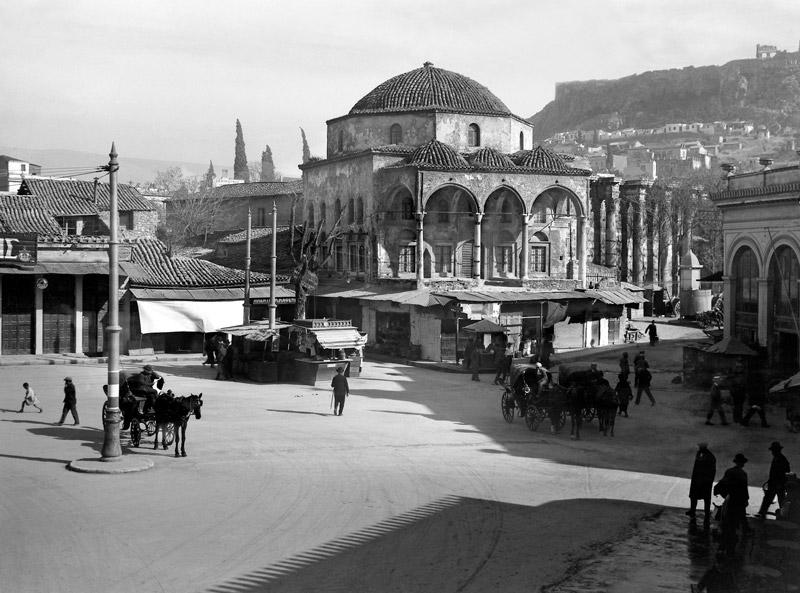
“Guardian of dead monuments”Athens worked as a magnet for foreign photographers since the first years of photography’s invention (1839). Their interest focuses on the antiquities, as was happening with former travelers who were in search for “the violet-crowned and famous Athens”. It was something that the travelers could not find in the then newly created Greek capital (1834), a city of 12.000 inhabitants, which had endured severe destruction in the siege of Reşid Mehmed Pasha (1826-1827). As, French scholar and traveler, Thomas Abbet-Grasset observed in October 1834, “In the place of this beautiful democracy today spreads a town desolated, black from smoke, a silent guardian of dead monuments”.
The art of photography overturned the selective subjective representations of the past (engravings, etchings etc.) and became the most powerful weapon for recording the reality. The shots of foreign photographers, but also those of their Greek colleagues later on, become valuable testimonies for the condition of monuments, ruins, archeological excavations, and restoration projects in Athens. During the following decades, photographer’s interest was captured by the city, which was developing rapidly and was offering a plethora of subjects.
"With 21 selected photographs, the exhibition illustrates the center of Athens , its squares, as well as its central roads, from the mid-19th century up to the late 1960s
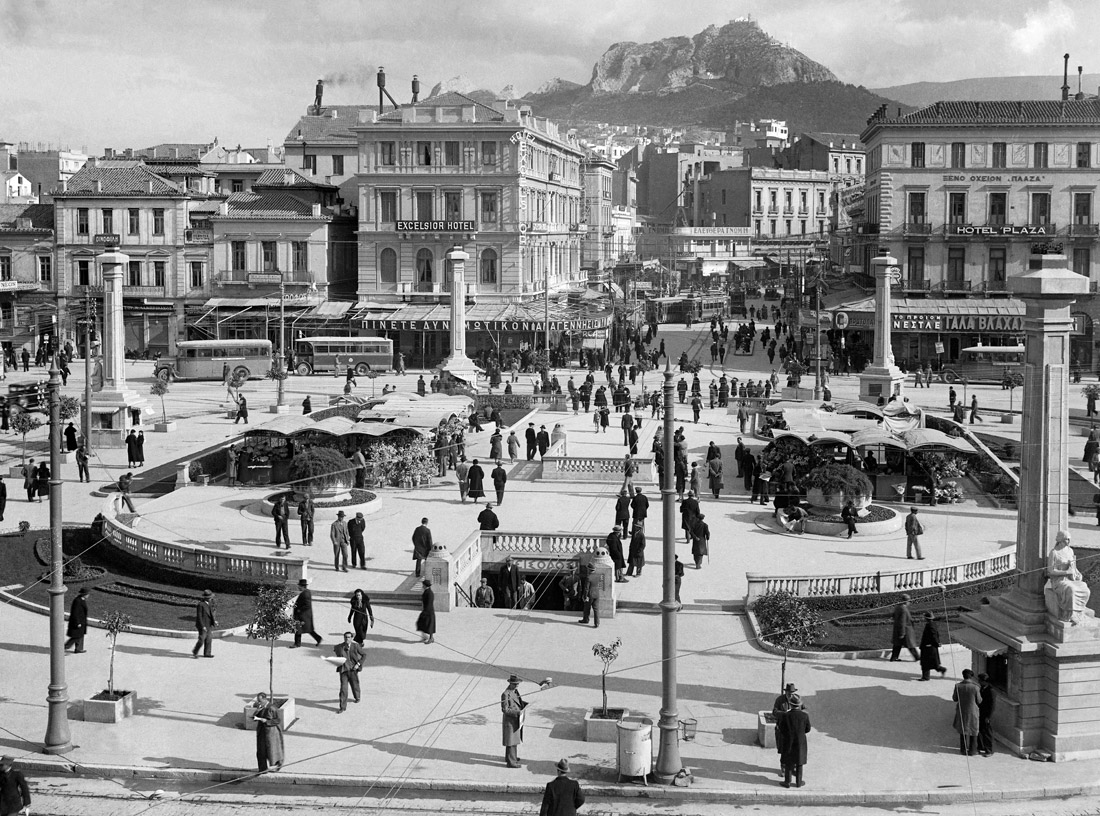
With the lens of great photographers
In a photograph taken by Romaidis brothers, which are included in the first prominent Greek photographers, the visitor of the exhibition sees the Grande Bretagne Hotel still three stories high. Next to it, mansions Vouros and Skouloudis stand out, demolished for years now, part of Syntagma square and, of course, chariots waiting for customers. Neat chariots we see as well in a photograph that depicts the Tzistarakis Mosque in Monastiraki, sometime around 1927-29, one of the Ottoman monuments of the city. It was captured by the great Greek photographer Nelly’s (Elli Sougioultzoglou-Seraidari).
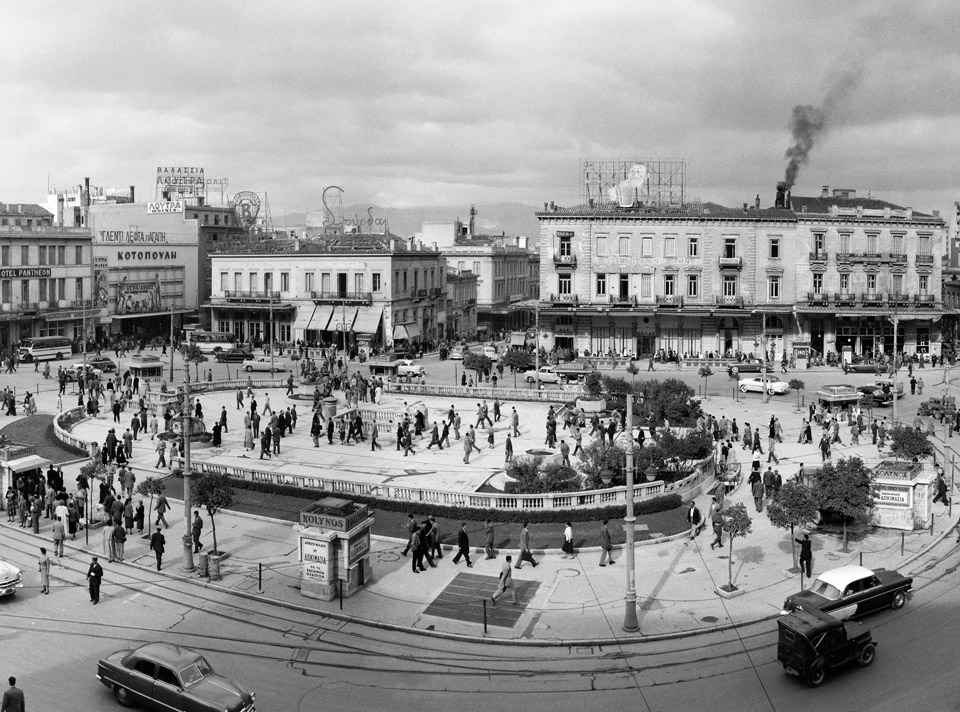
Omonia square could be absent from the views of Athens, which we see in two of its many transformations. Captured by Perikles Papachatzidakis in 1932, the square’s tempo is given by the flower kiosks, the marble railings and, of course, the Muses. Namely, the columns that each had a Muse statue on their base and were constructed to cover the station’s air vents of the underground railway. Different, after the removal of the Muses statues, appears the square in a photograph of Dimitrios Harissiadis in 1955. In both photographs, fixed reference points are the hotels Bagkeion and Megas Alexandros(Alexander the Great), built in the 1880 with designs by the Saxon architect Ernst Ziller, to whom Athens owes several of its most beautiful buildings.
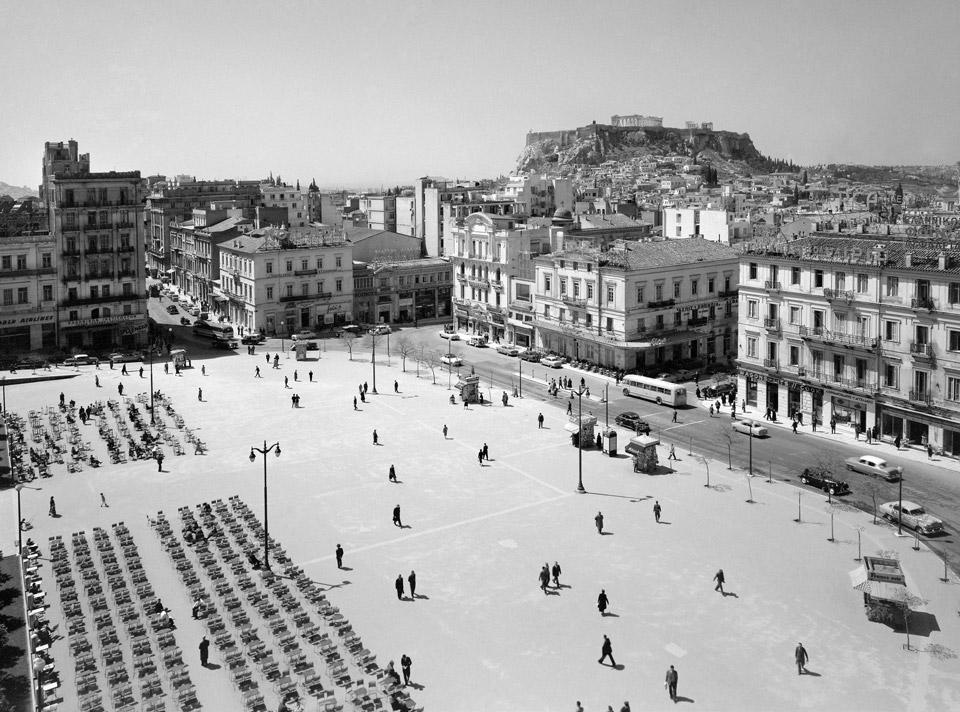
To D. Charisidis we owe a beautiful photograph of Syntagma square as well, taken in 1956. A nostalgic image of different times, with the square filled with tables and chairs, and the imposing buildings of Philhellinon street still standing. Buildings with mixed architectural elements, indicative of the turn to eclecticism and other movements (Art Nouveau, Art Deco) that was made by the architects of the city from the end of the 19th century.
The decisive decade of 1960
The exhibition reaches an end with photographs from the decade of 1960, amongst which is a panoramic view of Athens with Acropolis in the back, captured by Ioannis Lambros. Shot in 1960, the photograph illustrates a completely different Athens, filled with new condominiums. The reconstruction and the valuable consideration system (antiparochi) were transforming with great speed, a city that could be one of the most beautiful ones in the world if only it had preserved its architectural appearance.
Information: Exhibition “Images of Athens from Benaki Museum’s Photographic Archives”, Athens International Airport, Exhibition area “Art & Culture”. Duration until July 15th.
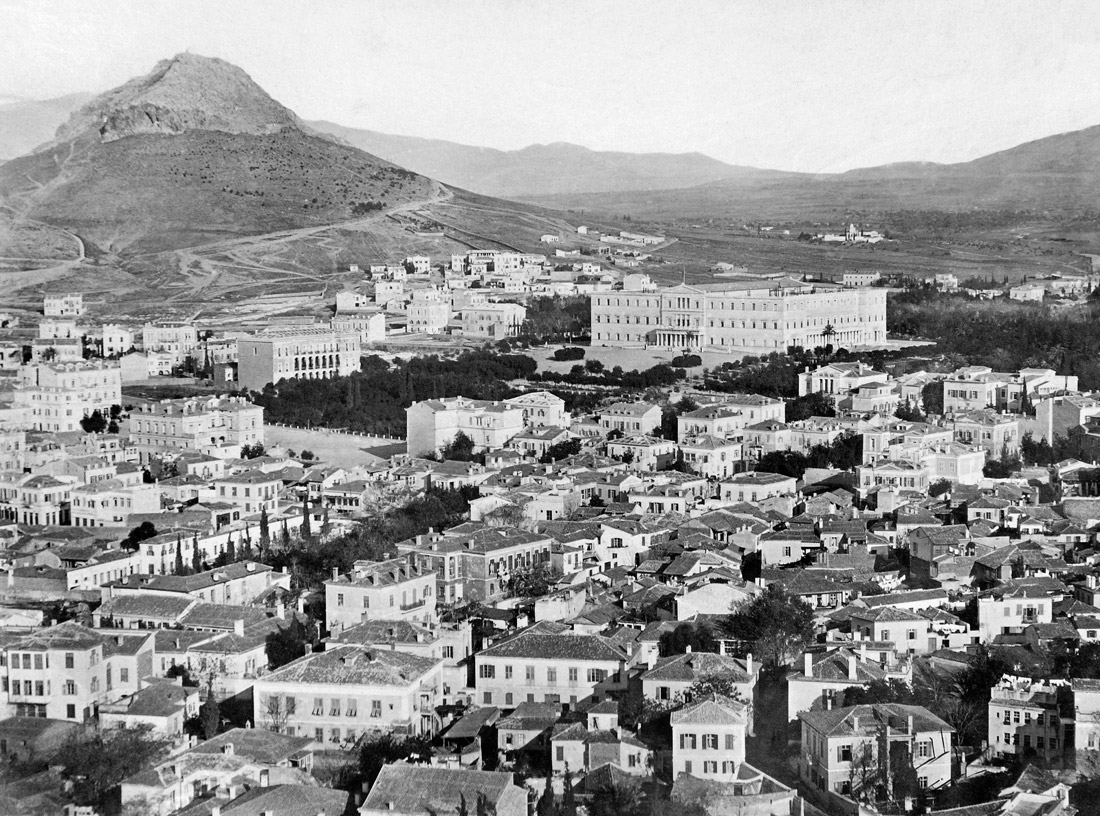
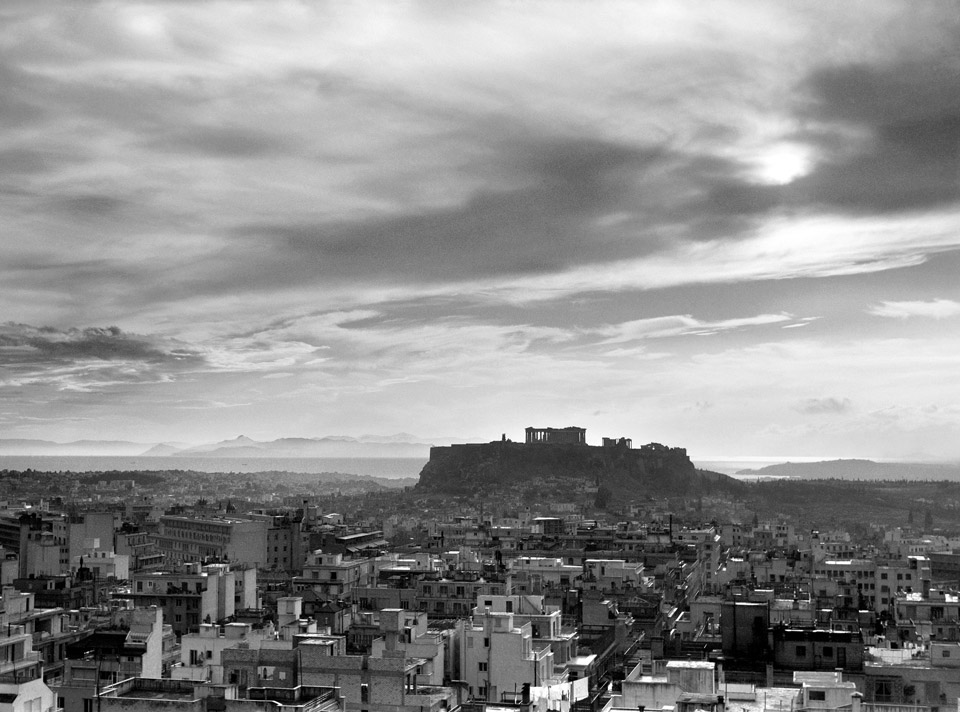
The exhibition will be open for the public until the 15th of July. The direction is signed by Benaki Museum’s Photographic Archives curator, Georgia Imsiridou. It is the first individual partnership between the Benaki Museum and the Athens International Airport which involves the presentation of two thematic exhibitions, representative of the Greek culture. The current exhibition will be followed by the second one with “Greek Seas’ being its subject.


